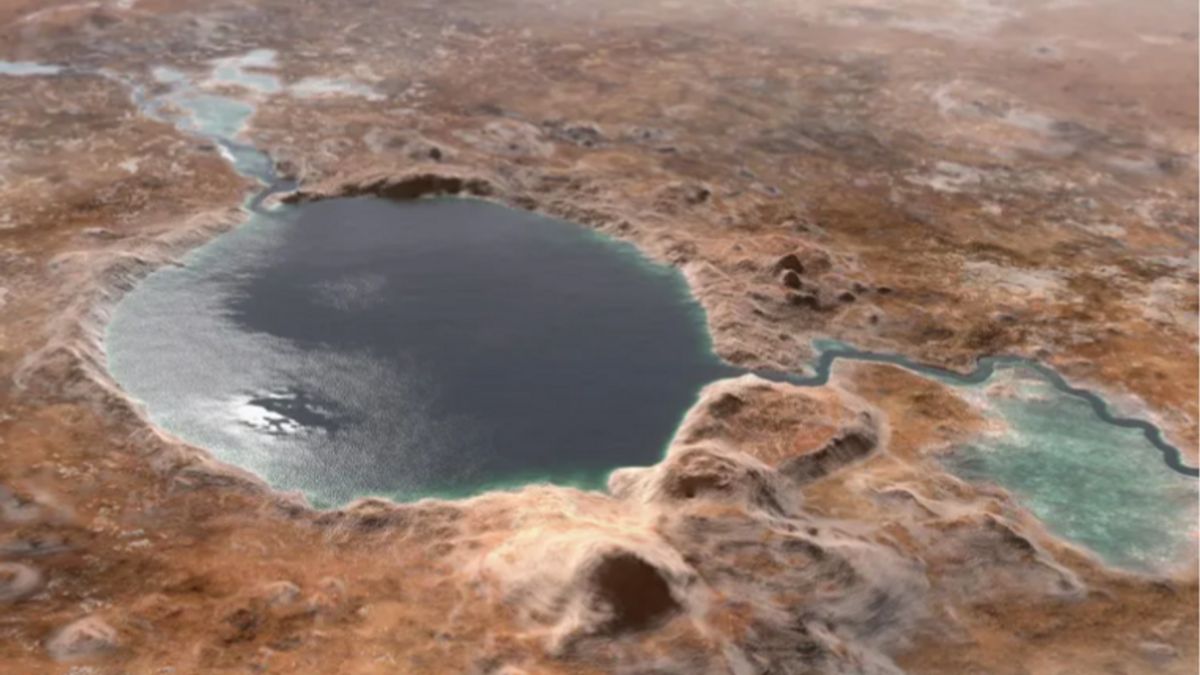JAKARTA After nearly three years of exploring Mars, the Perseverance rover robot has finally shared very important findings. These findings are thought to be related to signs of life.
Since landing on Mars in 2021, the United States Aeronautics and Space Agency (NASA) rover has continued to search for the 45 kilometer wide Jezero Crater. This crater is believed to have been a place for large lakes and river deltas.
To prove this hypothesis, Perseverance began entering an area believed to be the river delta using theRadar Imager for Mars Subsurface Experiment (RIMFAX). This search was carried out from May to December 2022.
At that time, Perseverance fired radar waves down with an interval of 10 centimeters. This radar measures a pulse reflected from a depth of 20 kilometers below the surface until sediment deposition is successfully revealed.
The data produced by this instrument was finally further researched by the University of California, Los Angeles (UCLA) and Oslo University. According to researchers at the university, radar at the Perseverance agency is very helpful for the course of research.
In fact, RIMFAX is referred to as a fraud' technology because this instrument is able to make scientists read the structure and composition at the subsurface layer. In other words, this technology works very well.
SEE ALSO:
"Some geologists say that radar's ability to see under the surface is a kind of cheating," said UCLA Deputy Researcher RIMFAX and Professor of Earth Science, Planet, and Space, David Paige.
Returning to the results of the study, imaging from RIMFAX shows that the delta around the Jezero Crater has sediments with two different deposit periods. The reason is, the bottom of the crater below the delta looks uneven.
The changes we see in rock footage are driven by large-scale changes in the Martian environment. It's great to see so much evidence of changes in the geographic area so small that it allows us to expand our findings to the overall scale of the crater, "explained Paige.
The presence of sediments on the surface of Mars indicates that the planet may have signs of life. The reason is, sediment is closely related to microbes. However, research so far has only observed sediment and has not led to microbes.
The English, Chinese, Japanese, Arabic, and French versions are automatically generated by the AI. So there may still be inaccuracies in translating, please always see Indonesian as our main language. (system supported by DigitalSiber.id)


















